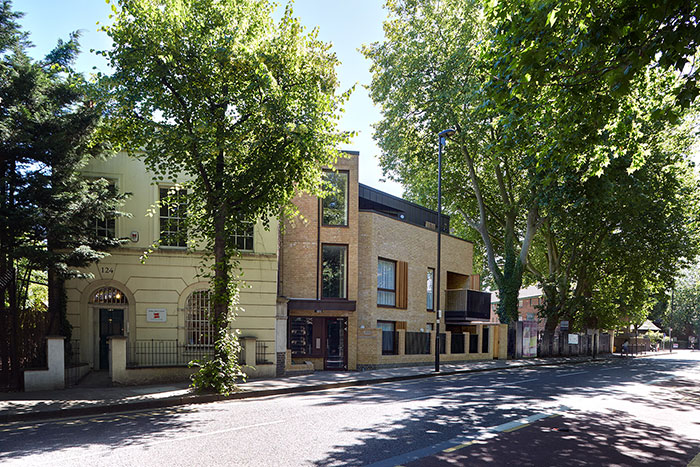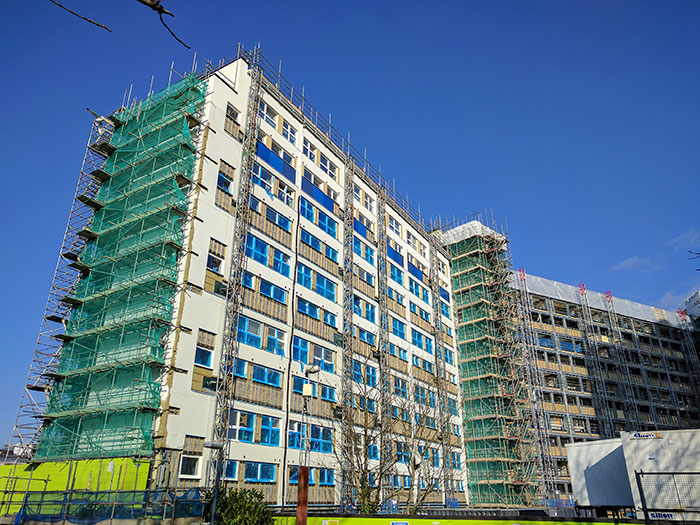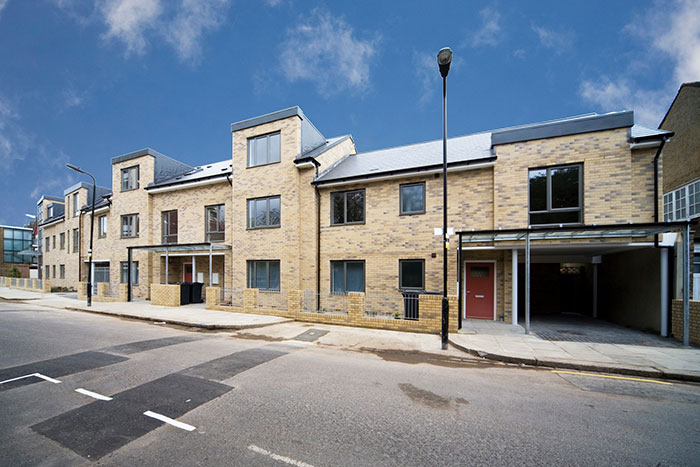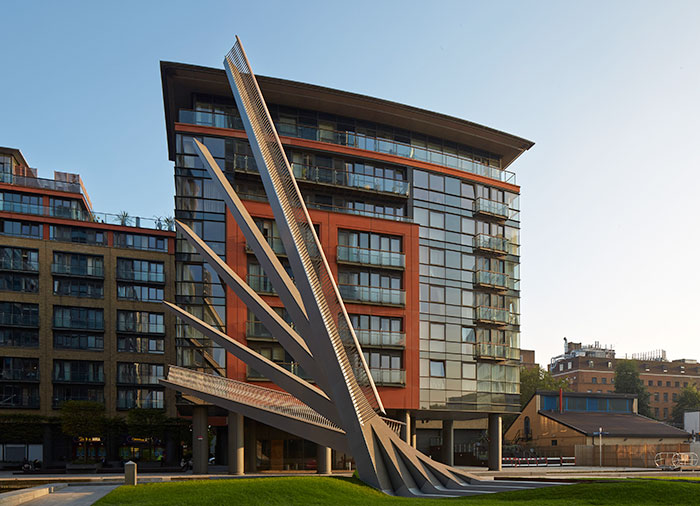Architects are entrusted to protect not just their clients’ needs but wider socio-economic and cultural goods. They are the bridge between the client and society, finding the sweet spot between viability and protecting the local community in all its rich diversity. Their designs address values that reach far beyond the client’s bottom line, safeguarding the quality of our built environment for the long-term benefit of all.
This idea motivates all architects to varying degrees. They are driven to do more, go further, and creatively solve problems that clients didn’t even know they had. Part visionary, part educator: this is what it means to be a professional.
Three extraordinary architects are in the vanguard. Supported and celebrated by the RIBA through its Fellow Membership scheme, their work exemplifies the magic in going beyond technical competence to leverage wider social benefits. Although from different walks of life, Richard Ferraro, Teri Okoro and Martin Knight have all found the energy and time to champion different facets of architecture’s nobler agenda.
Richard Ferraro is one of the fathers of sustainable design in the UK. He worked with pioneering solar architect Dominic Michaelis through the 1970s oil crisis years before setting up Energy Conscious Design (ECD) in 1980 along with David Turrent and John Doggart.
The world of architectural design was at an inflection point. The global price of oil had increased elevenfold between 1973 and 1980. Western governments were in a panic, and the UK government made funds available to investigate low-energy design. Radical new thinking was required and Richard and his partners took up the challenge. In 1980, ECD won a substantial contract with the EEC to run a significant part of their Solar Energy R&D Programme, a springboard for ECD’s future business direction.
At the same time, Richard and his partners put their money where their mouths were, building innovative low energy buildings, not just writing about them. ECD was more able in those days to pick and choose their clients, preferring those with a commitment to sustainability. Richard is particularly proud of ECD’s low energy public housing and urban regeneration work, building many energy efficient new homes and turning around badly performing 1960s housing estates. In the late 1980s, ECD invented BREEAM under contract to the BRE.

ECD has flourished and continues with its pioneering work to this day. Now a part-time Consultant to ECD, Richard continues his involvement in significant projects, including the regeneration and retrofit of Wilmcote House in Portsmouth, to achieve ‘Enerphit’ standards, the refurbishment version of ‘PassivHaus’.

Teri Okoro has been bucking the trend all her life. As a black girl growing up in Nigeria and later the UK, her school friends couldn’t understand her desire to become an architect. She was lucky though: she had some good early role models in her architect father and, more importantly, in a female colleague of his. Defying the stereotypes of the time, she went on to qualify as an architect.
This set up a lifelong interest in promoting diversity in the workplace and equality of opportunity. As well as a career specialising in social housing design and now in project management, she also campaigns on equality and diversity, attending speaking engagements on the subject all round the world.
In her private practice, she makes a point of offering work experience to people in secondary schools, opening unimagined vistas for their futures. “These are children who might otherwise never have encountered an architect or considered it as a career,” she says.

Martin Knight’s vision is just as broad. His practice is that rare beast, an architect specialising in infrastructure projects, particularly bridges. Infrastructure is the dominant backdrop to people’s lives, and by working closely with their engineer colleagues, Martin says the practice are in the best stead to help solve technical challenges with creativity and vision.
That’s where he thinks architects can make a difference. Sometimes seen as a bit of a cuckoo in the nest, he says that architects are anything but. He sees architects as reconciling the genius of engineering to its cultural and political context with a design sensibility that enhances our collective welfare.
He has successfully forged a niche embracing what he calls the “Beautiful Ordinary” so that “national gain is not local pain”. In that sense, he thinks of himself, as helping to safeguard the value of infrastructure projects for future generations.

These unusual architects have a passion beyond architecture, a desire to leave the world a better place. All three have gravitated to the RIBA’s Fellow Membership for the platform it gives them to advance their particular cause. With sentinels like them on guard, the bastion of professional value is in good hands.
RIBA Fellow Membership recognises our inspirational Chartered Members, the sometimes unsung heroes of the profession, who have made a real contribution to architecture, and the community. Find out more and apply to become a RIBA Fellow.









